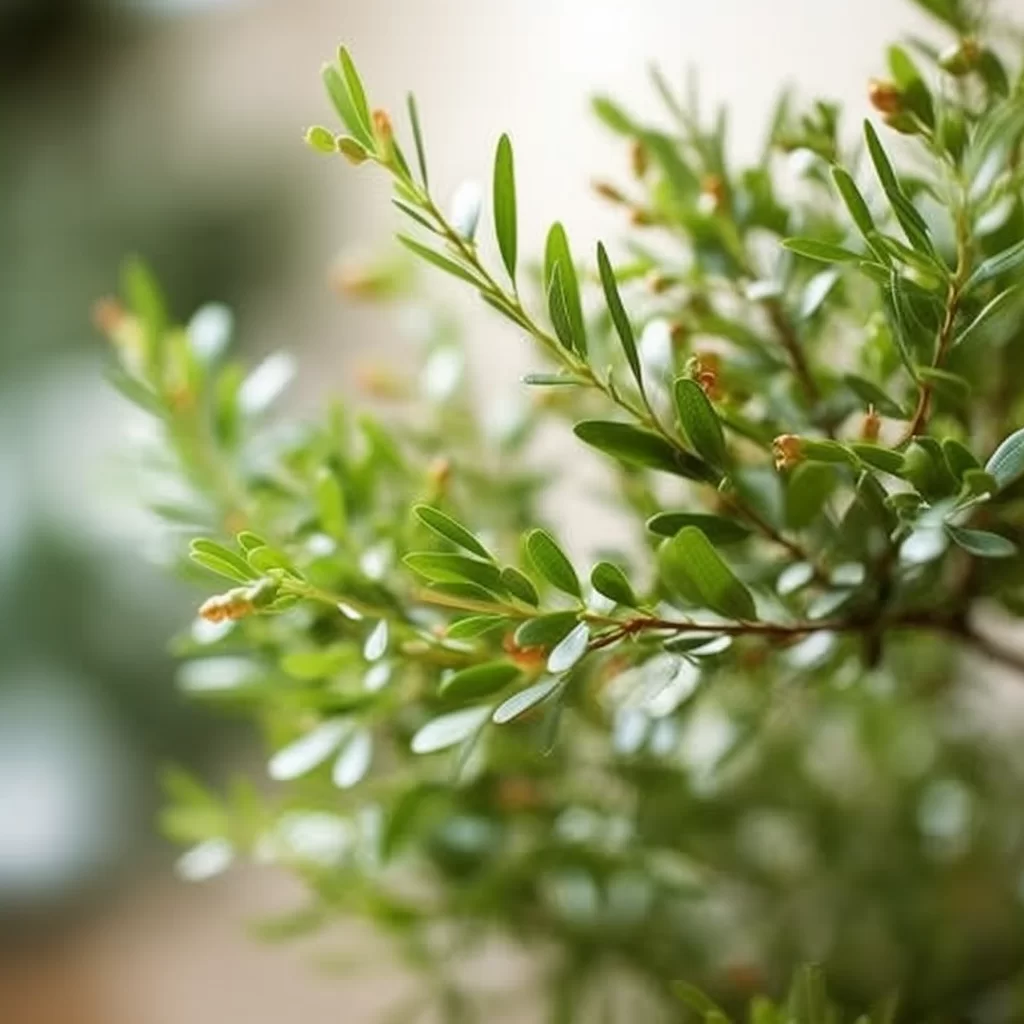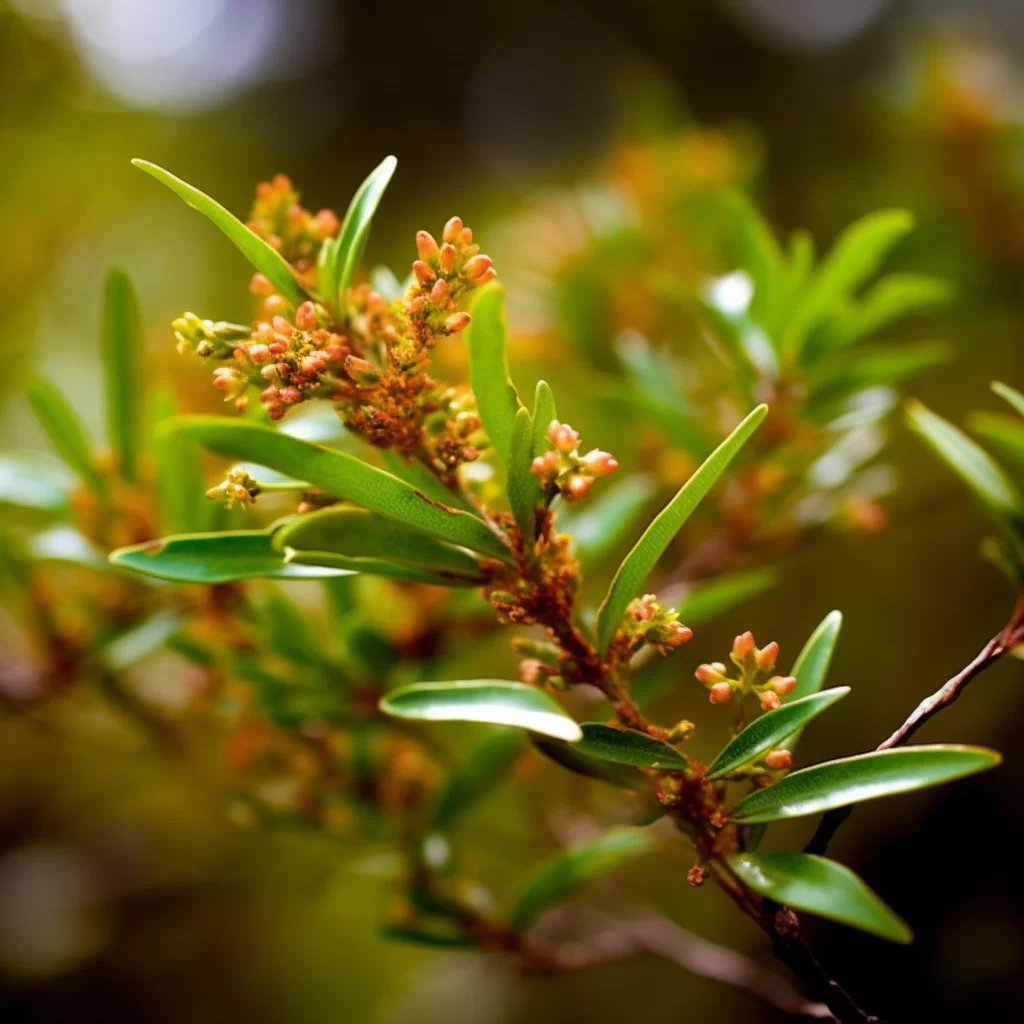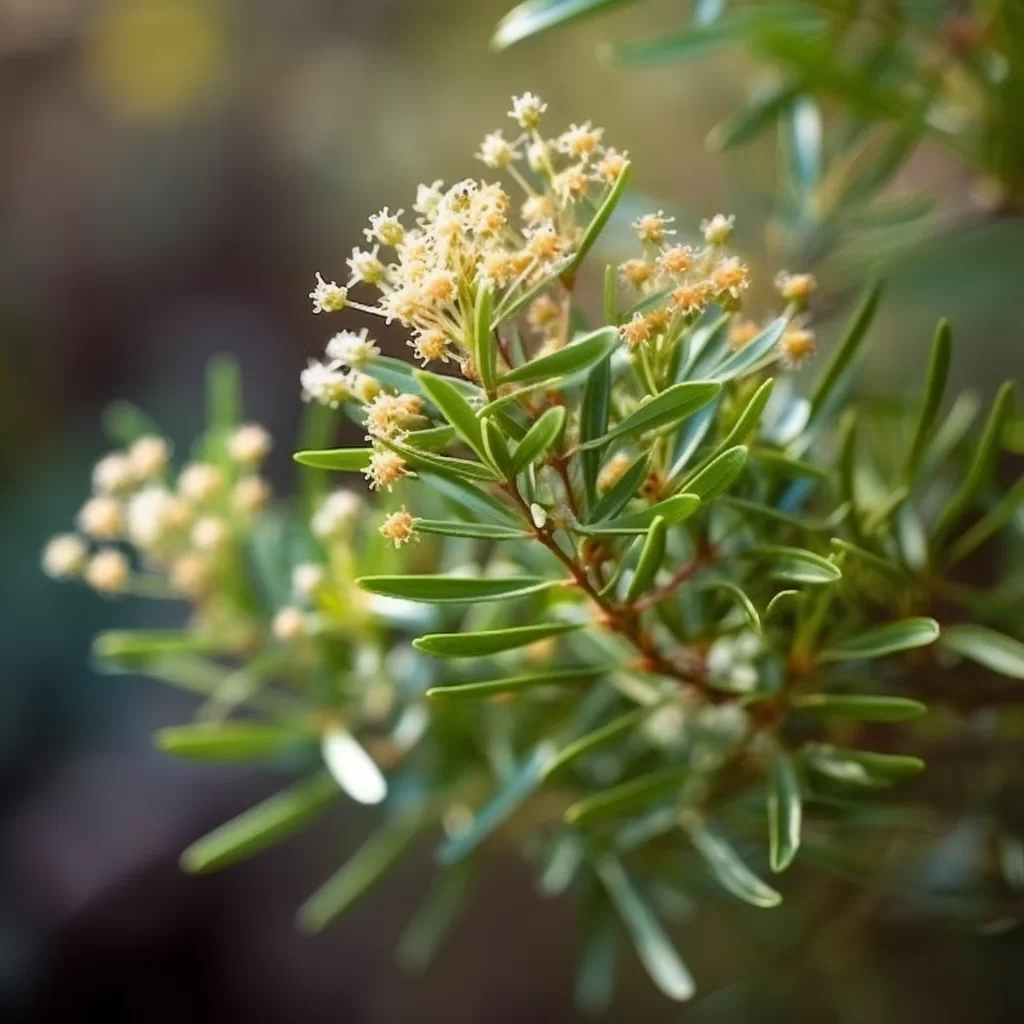Story of Day :
Contents
The Wax Myrtle Plant: A Comprehensive Guide to Care and Maintenance
Are you looking for a versatile plant that can be planted in different soil types and can withstand harsh weather conditions? Look no further than the wax myrtle plant.
This evergreen shrub is a great addition to any garden or landscape, thanks to its aesthetic appeal and practical uses.
What is the Wax Myrtle Plant?
The wax myrtle (Myrica cerifera) is a type of evergreen shrub that typically grows up to 20 feet tall.
It belongs to the family Myricaceae, which comprises about 35 species of plants found all over the world.
The wax myrtle plant is native to Southeastern United States, Mexico, Central America and parts of South America.
Care Tips for Wax Myrtle Plants

To ensure your wax myrtles thrive in your garden or landscape, here are some tips on how to care for them:
- Planting location: Choose an area with well-draining soil that receives full sun or partial shade.
- Irrigation: Water regularly during dry periods until it becomes established.
Once established, water once every week if there’s no rainfall.
- Fertilization: Fertilize once per year with a balanced fertilizer in early spring before new growth appears.
- Pest control: Watch out for pests such as scale insects or spider mites.
Spray them regularly with insecticidal soap if necessary.
- Maintenance pruning: Prune dead branches in late winter/early spring before new growth appears but avoid heavy pruning since they don’t recover well from it.
Benefits of Wax Myrtle Plants
Wax myrtles offer multiple benefits both in the garden and beyond.
Here are a few reasons why you should consider adding wax myrtles to your landscape:

- Aesthetics: The wax myrtle plant has an attractive appearance, with its dark green foliage and grayish-white berries that persist throughout winter.
- Privacy Screen: Used as a privacy screen because they grow tall, lush, and dense.
They work great for blocking out unwanted views or creating separation between outdoor spaces within the yard.
- Candle-Making: The berries can be used to make scented candles due to their waxy texture.
They have a very pleasant scent that can fill your home with fragrance during cold winter nights.
- Natural Insect Repellent: Crushed leaves of the wax myrtle plant have been shown to repel insects such as mosquitos, making them useful in natural insect repellent sprays or lotions.
Potential Problems with Growing Wax Myrtle Plants
Few issues may arise while growing wax myrtles; however, here are some potential problems you may encounter:
- Rust Disease: The fungal disease causes orange rust spots on leaves which make them fall off prematurely.
You can prevent rust by ensuring good air circulation around plants since rust thrives under humid conditions.
Fungicides can also help reduce the spread of this disease but be sure not to use too much since it could damage other plants nearby or spread through irrigation systems.
- Root Rot: Due to overwatering, wax myrtle plants may develop root rot which causes the plant to wilt and die.
Avoid overwatering and ensure that soil is well-draining.

In Conclusion
The wax myrtle plant is an excellent addition to any garden or landscape, providing a range of benefits from aesthetics to practical uses.
With proper care and maintenance, this versatile shrub can thrive in various soil types and withstand harsh weather conditions.